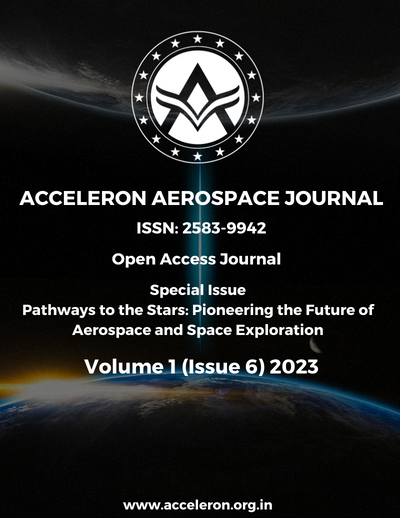The Potential of Machine Learning for Future Mars Exploration
DOI:
https://doi.org/10.61359/11.2106-2326Keywords:
Machine Learning, AI, Mars Exploration, Mars Settlement, Mars BaseAbstract
The pursuit of understanding Mars, our neighboring planet, is rife with challenges that range from treacherous conditions for potential human astronauts to the vast distances that complicate communication. However, a beacon of hope emerges in the form of machine learning, a technological frontier that promises to transform the landscape of Martian exploration. As we embark on this interplanetary journey, the recognition of machine learning's potential is growing. It offers innovative solutions to some of the most pressing challenges, ushering in a new era of autonomous exploration. Imagine rovers and orbiter spacecraft equipped with the ability to analyze Martian data on-site, reducing the need for slow communications with Earth. This revolutionary approach is already in action with rovers like Curiosity, where machine learning enables self-directed exploration and continuous data analysis on the Martian surface. The applications of machine learning extend beyond mere autonomy. They hold the promise of addressing communication limitations, providing greater operational autonomy, and unlocking the mysteries that shroud the Red Planet. From identifying sources of atmospheric gases, such as oxygen and methane, to interpreting geological features like cloud distributions and weather patterns, machine learning is proving itself to be a versatile and indispensable tool in unraveling the complexities of Mars. Venturing deeper into the Martian climate, machine learning becomes a powerful ally. By leveraging this technology to analyze climate data, we have the potential to generate predictive models crucial for planning future surface missions and assessing the habitability of Mars. Additionally, the application of machine learning on Earth offers a unique opportunity to decode uncertainties related to Martian atmospheric interactions, the dynamics of dust storms, and conditions beneath the surface. Anticipating the wealth of data that future Mars missions will yield, the integration of machine learning emerges as a game-changer. Its efficiency in discerning intricate patterns within extensive datasets has the potential to revolutionize our scientific understanding of Mars. As we delve deeper into the mysteries of the Red Planet, machine learning stands as a pivotal catalyst, promising not just incremental but transformative discoveries. It becomes the linchpin in our ongoing quest to answer the age-old question: Did life ever exist on Mars? In the realm of Martian exploration, machine learning is proving to be the technological cornerstone that propels us towards unprecedented scientific revelations.
Downloads
Downloads
Published
How to Cite
Issue
Section
Categories
License
Copyright (c) 2023 Manas Biswal M

This work is licensed under a Creative Commons Attribution 4.0 International License.
The Acceleron Aerospace Journal, with ISSN 2583-9942, uses the CC BY 4.0 International License. You're free to share and adapt its content, as long as you provide proper attribution to the original work.





